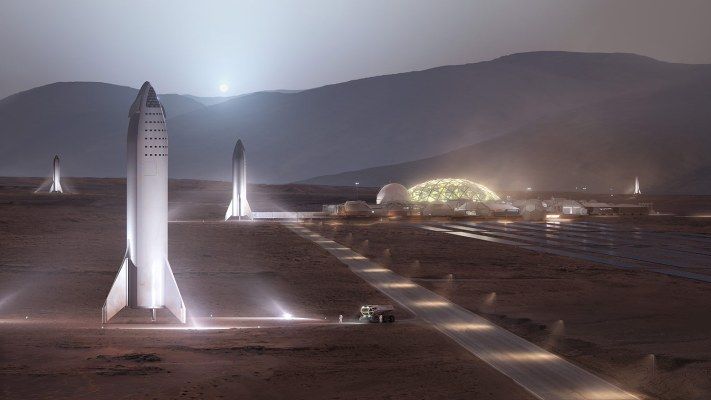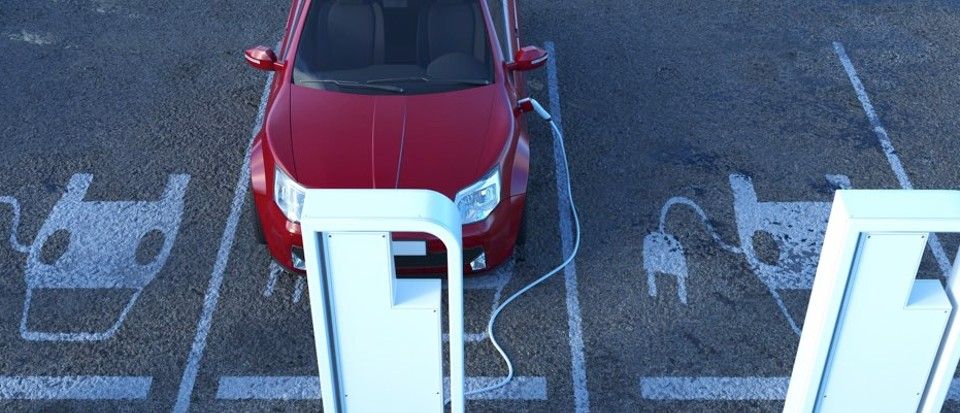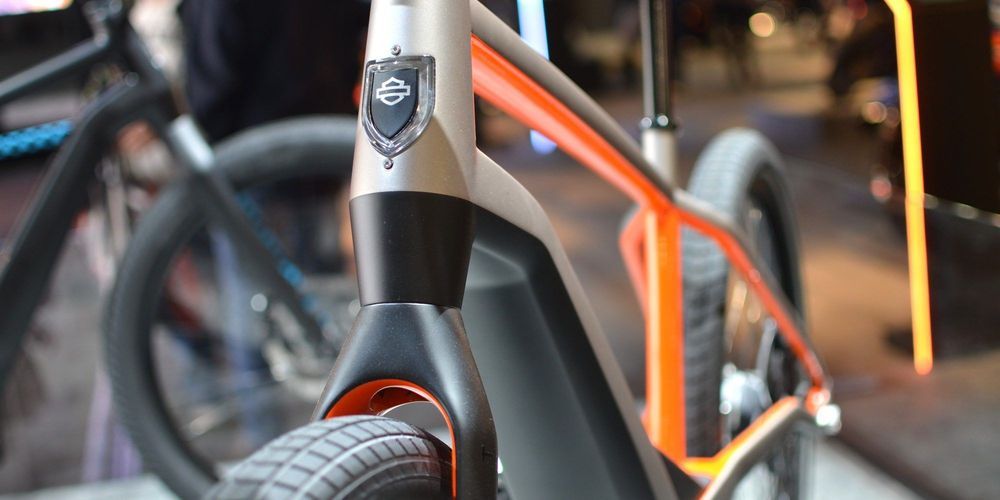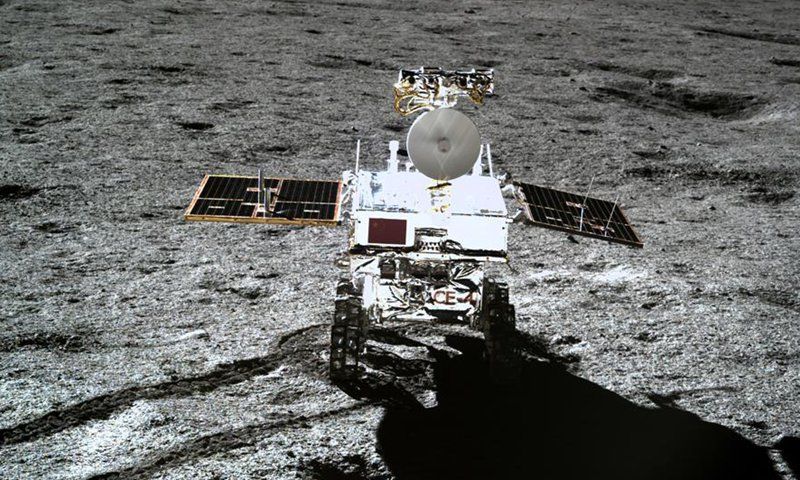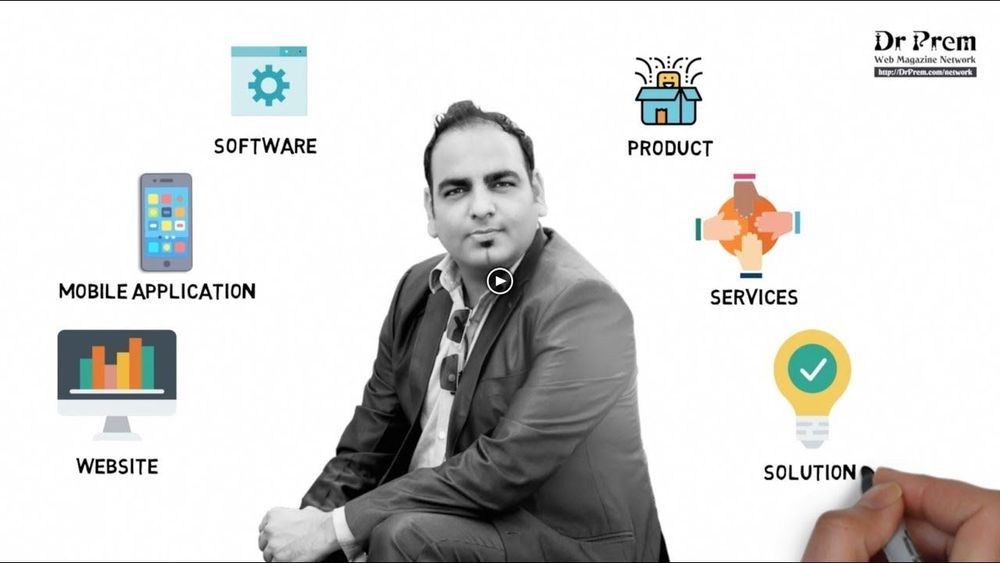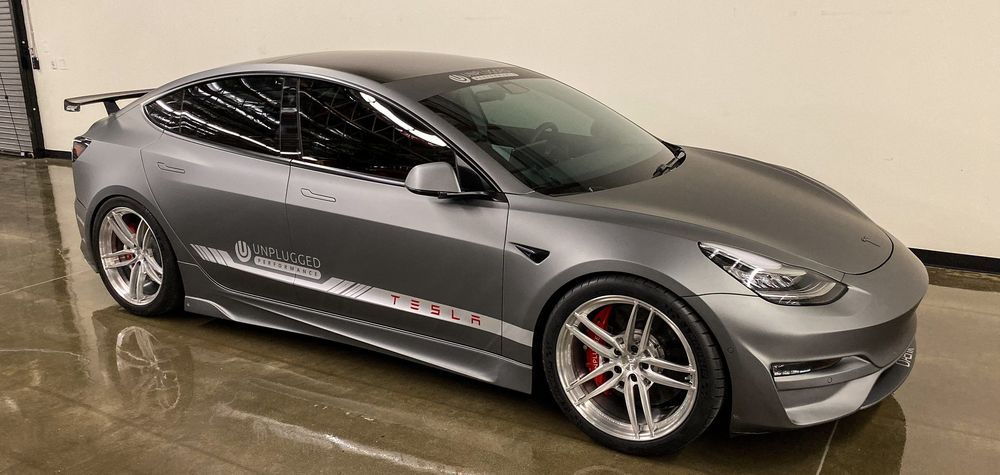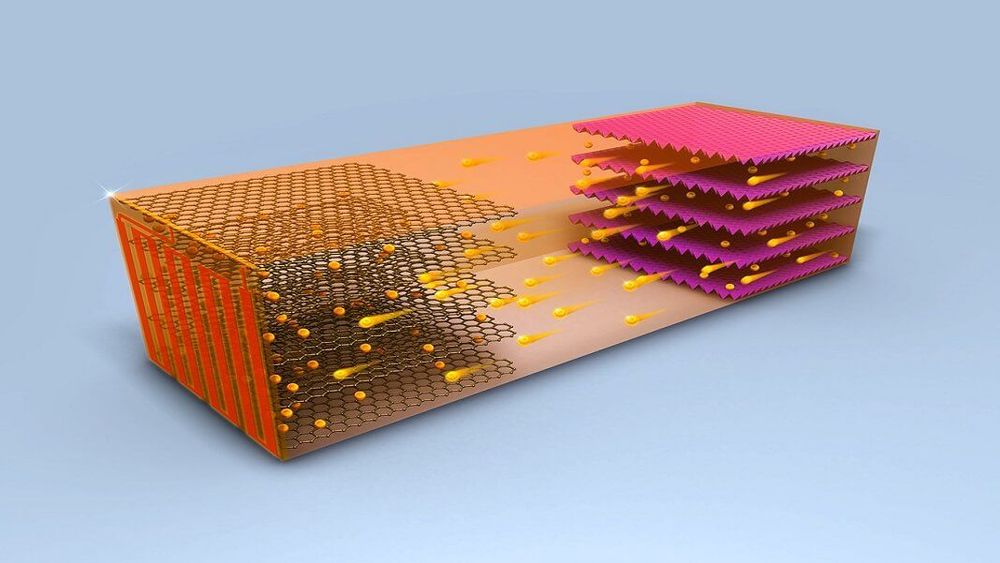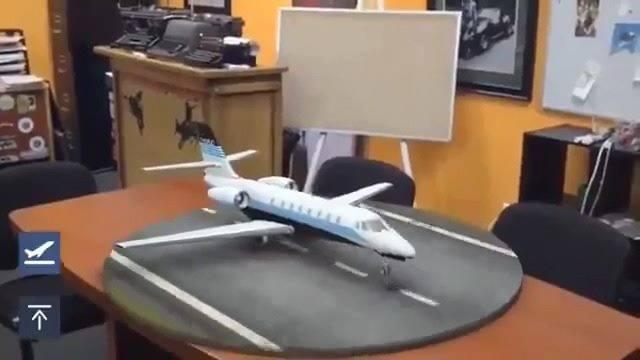Nov 7, 2019
Elon Musk says building the first sustainable city on Mars will take 1,000 Starships and 20 years
Posted by Genevieve Klien in categories: Elon Musk, sustainability, transportation
SpaceX CEO Elon Musk went into a bit more detail about the timelines and vehicle requirements to not only reach Mars, but to set up a sustainable base on the Red Planet that can serve as an actual city, supporting a local population. That’s the long-term vision for Musk and his space technology company, after all — making humans an interplanetary species. The timeline that Musk discussed today, replying to fans on Twitter, might be incredibly impressive or incredibly ambitious, depending on your perspective.
Addressing a question about comments he made earlier this week at the U.S. Air Force startup pitch day event in California, Musk said that his stated launch cost of only around $2 million per Starship flight are essentially required, should the final goal be to set up a “self-sustaining city on Mars.” In order to make that city a reality, he added, SpaceX will need to build and fly around 1,000 Starships according to his estimates, which will need to transport cargo, infrastructure and crew to Mars over the course of around 20 years, since planetary alignment only really allows for a realistically achievable Mars flight once every two years.
Musk addressed more near-term potential for Starship as well, including how much payload capacity Starship will provide for Earth orbital transportation. Starship’s design is intended to maximize re-use, and in fact Musk noted that ideally it can fly up to three times per day. That amounts to more than 1,000 flights per year per Starship, which means that if they end up with as many Starships as they currently have built Falcon rockets (around 100) and those can each transport as much as 100 tons to orbit, then on an annual basis, SpaceX will be able to launch upwards of 10 million tons to orbit per year.
